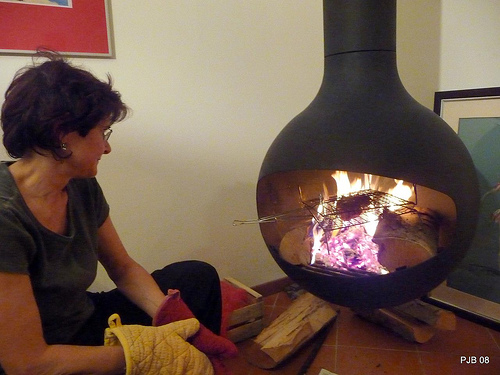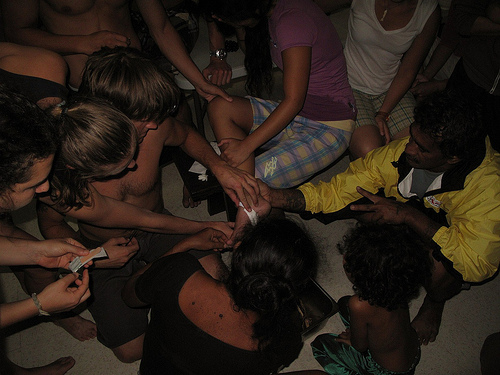Synanceia horrida (stonefish)
Interactions
Life-Style:
Synanceia horrida leads a predatory lifestyle. Its predation methods include lying completely motionless, somewhat buried in the sand, next to a reef or other rock structure, all the while waiting for an unsuspecting fish to swim close by. With the texture of the S. horrida's skin this technique makes it possible for the fish to be almost indistinguishable to the rocky environment around it, making it possible for it to catch its prey before it even knew the stonefish was nearby.
Possible predators:
Synanceia horrida doesn't have immense mass like the blue whale (Balaenoptera musculus), or the fighting prowess of the western gorilla (Gorilla gorilla) but it does share an important trait with both these animals. Like both the western gorilla and the blue whale, S. horrida has no natural predators outside of humans and it owes this fact to the extremely potent venom that reside in its dorsal spines. Even if it is attacked by another ocean dwelling organism S. horrida will just stay unmoved aside from pointing its 13 lethal spines in the attacker's direction. In the end more harm is likely to come to the attacker than the stonefish as just a prick from one of the spines is often times fatal for any organism involved.
Human Interactions (swimmers):
The fact that the S. horrida remains motionless for such extended periods of time, creates extremely problematic interactions with swimmers. Even if a person is swimming directly overhead the stonefish it will remain completely rigid, this can and often does lead to people stepping on them. The sting from stepping on a S. horrida causes intense pain, a great deal of swelling and if not treated quickly the swelling tissues can die. The reaction to the venom then progresses into shock, paralysis and death.
-
Treatment for Sting:
-
When stung by S. horrida the course of action is to quickly but safely get to the nearest hospital. If possible while you are on the way to the hospital, hot water (as hot as the victim can tolerate) should be applied to the puncture site as it will help break down some of the venom.
-
Upon reaching the hospital, depending on the amount of spines that punctured the skin a victim could be given anywhere from 1-4 vials of stonefish anti-venom.
-
Human interaction (hunting/eating):
Even with the large risk involved in trying
to capture/hunt stonefish (could easily be stung in the process)
many eastern countries Including Australia, China, Japan and the
Philippines eat S. hor rida
specimen. Almost all of the danger of being envenomed is during
the span of capturing the stonefish as once the fish is heated up
the venom in the stonefish breaks down and becomes completely
harmless. The heat required for this process is only a little over
100 degrees Fahrenheit, so it is not necessary to make any special
preparations for the venomous fish, you can just cook it like you
would any other meat.
rida
specimen. Almost all of the danger of being envenomed is during
the span of capturing the stonefish as once the fish is heated up
the venom in the stonefish breaks down and becomes completely
harmless. The heat required for this process is only a little over
100 degrees Fahrenheit, so it is not necessary to make any special
preparations for the venomous fish, you can just cook it like you
would any other meat.

